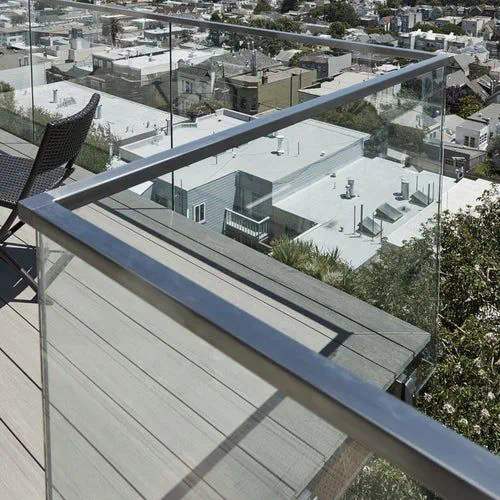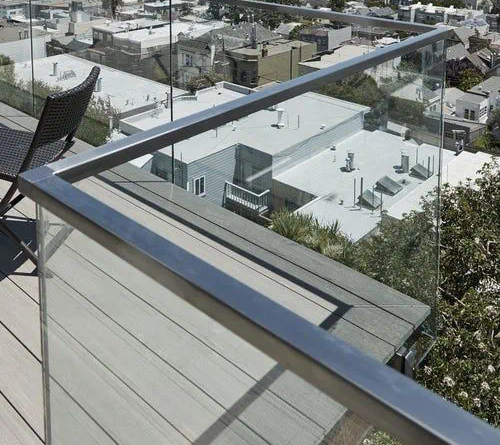Glass Lined Reactor Diagram- Key Components and Functions
A glass-lined reactor is a sophisticated and highly specialized vessel designed for chemical reactions that require high purity and resistance to corrosive substances. It is widely used in industries such as pharmaceuticals, chemicals, and food processing. The design and functionality of these reactors are integral to their effectiveness, and understanding the key components and their functions is essential for anyone involved in their operation or maintenance.

At the heart of the glass-lined reactor is the glass lining itself, which provides a non-reactive barrier between the chemicals being processed and the metal structure of the reactor. This lining is typically made from a special type of glass that is applied to the inner surface of the reactor vessel through a process known as fritting. The glass is then cured at high temperatures to ensure a durable and chemically resistant coating. This coating is crucial because it prevents the metal from coming into contact with the reactants, thereby avoiding contamination and corrosion.

One of the most critical components of a glass-lined reactor is the reactor vessel itself. The vessel is generally made from carbon steel or stainless steel, which is then coated with the glass lining. This metal structure provides the necessary strength and support for the reactor, allowing it to withstand high pressure and temperature conditions during chemical reactions. The choice of metal and the quality of the glass lining are essential factors that determine the reactor’s overall performance and longevity.
The reactor vessel is equipped with various ports and connections for the addition of reactants, removal of products, and monitoring of reaction conditions. These ports are typically fitted with valves and seals to ensure that they do glass lined reactor spark test not leak and that they can handle the pressure and temperature of the reaction environment. The design of these ports and their placement are crucial for the efficient operation of the reactor, as they need to facilitate the smooth and controlled flow of materials in and out of the vessel.
Another important component is the agitation system, which is responsible for mixing the reactants within the reactor. This system often includes an agitator or stirrer that is mounted inside the vessel. The agitator’s design and placement are critical for ensuring that the reactants are thoroughly mixed and that the reaction proceeds uniformly. Agitators can come in various designs, such as paddle, anchor, or turbine, depending on the nature of the reaction and the properties of the materials being mixed.
Temperature control is another vital aspect of the reactor’s operation. Glass-lined reactors are typically equipped with heating and cooling jackets that help maintain the desired reaction temperature. These jackets are often filled with a heat transfer fluid, such as water or oil, which is circulated around the reactor vessel to either heat or cool the contents. The temperature control system is closely monitored and regulated to ensure that the reaction occurs under optimal conditions.
Pressure control is also a critical factor in the operation of glass-lined reactors. These reactors are often used for processes that occur under high pressure, and maintaining the correct pressure is essential for the safety and efficiency of the reaction. Pressure sensors and relief valves are integrated into the reactor system to monitor and regulate the pressure within the vessel. These components ensure that the reactor operates within safe pressure limits and that any excess pressure is safely released.
Another key feature of glass-lined reactors is their ability to handle corrosive and reactive substances. The glass lining provides a protective barrier that prevents these substances from interacting with the metal vessel. This is particularly important in reactions involving strong acids, bases, or oxidizing agents, which could otherwise cause significant damage to the reactor and lead to contamination of the reaction mixture.
In addition to these primary components, glass-lined reactors also incorporate various safety features to protect both the equipment and the operators. These features can include emergency shut-off systems, safety interlocks, and automated control systems that monitor and adjust the reactor’s conditions in real-time. These safety measures are essential for preventing accidents and ensuring that the reactor operates safely and efficiently.
Overall, the design and operation of glass-lined reactors are complex and require careful consideration of numerous factors. Each component plays a crucial role in ensuring that the reactor performs its intended function effectively and safely. Understanding the key components and their functions is essential for anyone involved in the operation or maintenance of these sophisticated vessels. By comprehensively examining each component and its role, one can gain a deeper appreciation for the intricacies of glass-lined reactor systems and their importance in various industrial applications.
https://icreekside.com/

